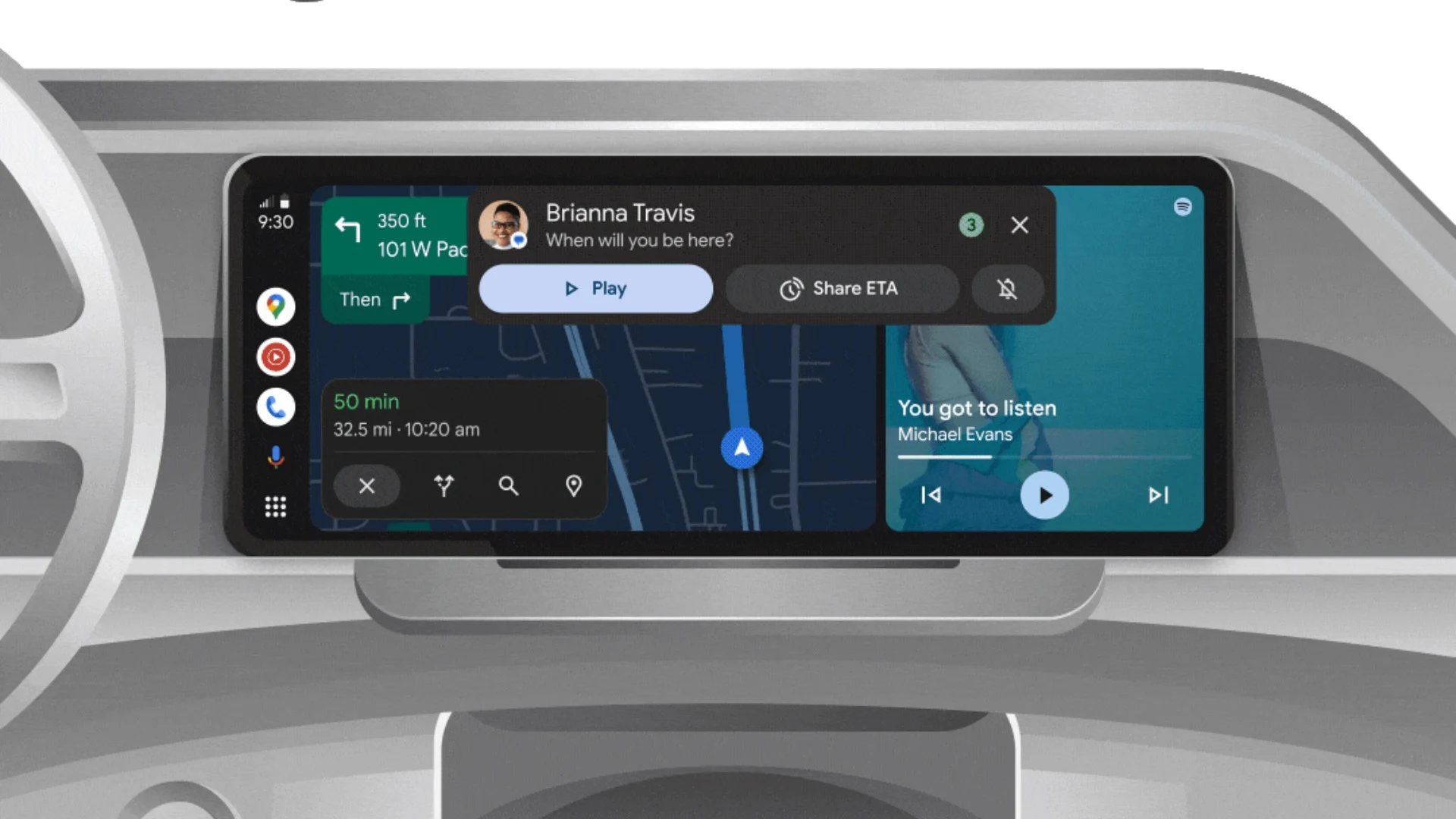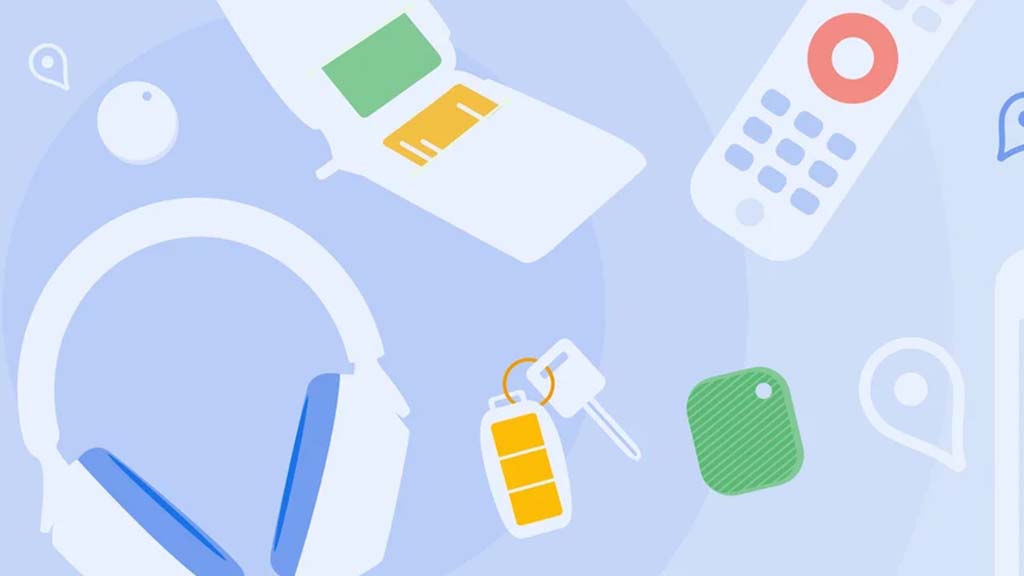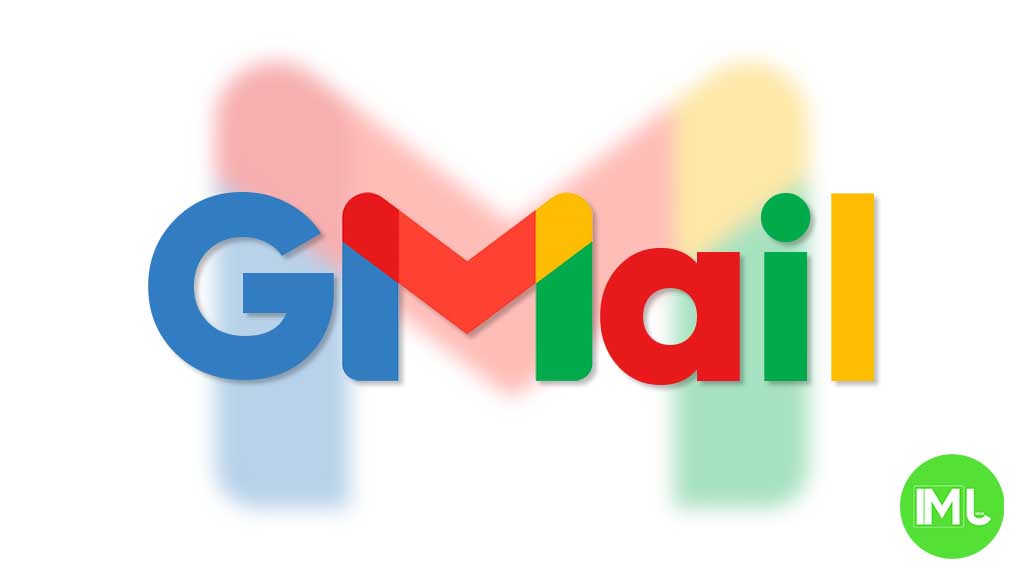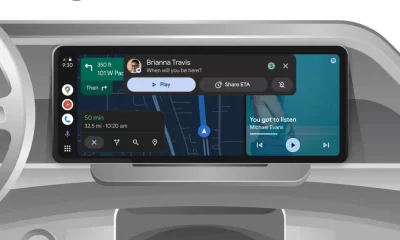Personalized Audio Updates: Google’s new “Daily Listen” experiment

Imagine starting your day with a concise, personalized audio briefing tailored to your interests. This is the premise of Google’s latest Search Labs experiment, “Daily Listen.” This innovative feature leverages the power of AI to curate a short, informative audio summary of the topics and stories you follow, offering a fresh way to stay updated.
Daily Listen isn’t just another podcast app. It’s deeply integrated with Google’s understanding of your interests, gleaned from your activity across Discover and Search. By analyzing your searches, browsing history, and interactions with news articles, Daily Listen crafts a unique listening experience, delivering a personalized overview in approximately five minutes.
This personalized audio experience is seamlessly integrated into the Google app on both Android and iOS. You’ll find it within the “Space” carousel, conveniently located beneath the search bar. The Daily Listen card, clearly marked with the date and the label “Made for you,” serves as your gateway to this personalized audio feed. Tapping the card opens a full-screen player, ready to deliver your daily briefing.
Emblazoned with the Gemini sparkle, a visual cue indicating the use of Google’s advanced AI model, Daily Listen presents a text transcript in the space typically reserved for cover art. This feature not only enhances accessibility but also allows users to quickly scan the key points of each story. Recognizing that generative AI is still evolving, Google encourages user feedback through a simple thumbs up/down system, enabling continuous improvement of the feature’s accuracy and relevance.
The player interface is designed for intuitive navigation. A scrubber with clearly defined sections allows you to jump between stories, while standard controls like play/pause, 10-second rewind, next story, playback speed adjustment, and a mute option provide complete control over your listening experience. If you prefer to silently review the content, the transcript is readily available.
At the bottom of the screen, a scrollable list of “Related stories” provides further context and depth for each section of the audio summary. A “Search for more” option allows you to dive deeper into specific topics, and the familiar thumbs up/down feedback mechanism allows you to further refine the system’s understanding of your interests. As you browse these related stories, a minimized player remains docked at the top of the screen, ensuring easy access to the audio feed.
This exciting experiment is currently available to Android and iOS users in the United States. To activate Daily Listen, simply navigate to Search Labs within the Google app. After enabling the feature, it takes approximately a day for your first personalized episode to appear. This isn’t Google’s first foray into experimental features within Search Labs. Previously, they’ve used this platform to test features like Notes and the ability to connect with a live representative.
Beyond the Daily Listen experiment, Google is also expanding the capabilities of its Home presence sensing feature. This feature, which helps determine Home & Away status and triggers automated routines, is now being tested to integrate with “smart media devices.” This means that devices like smart speakers, displays, TVs (including those using Google streaming devices), game consoles, and streaming sticks and boxes can now contribute to presence sensing by detecting media playback or power status.
This integration provides a more comprehensive understanding of activity within the home. For example, if the TV is turned on, the system can infer that someone is likely present, even if other sensors haven’t detected movement. This enhanced presence sensing can further refine home automation routines, making them more accurate and responsive.
This experimental feature can be found within the Google Home app under Settings > Presence Sensing. A new “Media Devices (experimental)” section appears below the existing options for phones, speakers, and displays. Devices like Chromecast, Chromecast with Google TV, and Google TV Streamer are currently included in this test.
This media device integration is part of the Google Home Public Preview, which also includes other ongoing experiments like the rollout of Admin and Member access levels for Google Home, testing Gemini in Google Assistant on Nest devices, and exploring “Help me create” for custom automations. These developments signify Google’s ongoing commitment to enhancing the smart home experience and providing users with more personalized and intuitive tools.
Android
Google updates Gboard emoji kitchen and Android Auto with new features

Google is bringing some fresh updates to make Gboard and Android Auto even better.
Starting with Gboard, the Emoji Kitchen now has a new “Browse” section. This makes it easier for users to find different emoji sticker combos. You can tap on any emoji and instantly see all the creative mixes available. Plus, there’s a search bar to help you look for specific stickers. This new feature is rolling out first to Pixel devices, with other Android phones expected to get it in the coming months.
On the other hand, Android Auto is now getting the 14.3 beta update. Although there are no big changes yet, this version mainly focuses on fixing bugs and improving performance. Testers have noticed slight speed improvements, but no new features have been spotted so far. Google might be preparing for bigger changes in future updates.
Both these updates show that Google is working hard to make its apps smoother and easier to use. Gboard’s new browsing tool will make messaging more fun, while Android Auto’s small fixes are important for a better driving experience.
If you have a Pixel phone or are part of the Android Auto beta program, you might already see these updates. Otherwise, they should be available to more users soon.
Android
Android’s Find My Device speeds up with UWB coming soon

Google’s Find My Device network for Android has gotten a big boost, making it much quicker to locate misplaced items. Recent checks show it’s now four times faster than it used to be, keeping up with Apple’s AirTags in crowded spots like malls or events. For instance, at CES 2025, a tracker tucked in a bag updated its location just as fast as an AirTag nearby. This speed-up is thanks to more Android users turning on tracking for all locations, not only busy areas, which helps the system spot items more reliably.
In less crowded places, the network can still have trouble since fewer Android phones are nearby to share location signals. But Google’s working on this by nudging users through app alerts to enable tracking in quieter spots. Plus, recent updates to tracker software and apps have made connections more stable and accurate.
Looking ahead, Google’s gearing up to roll out ultra-wideband (UWB) technology. This will let you find items with pinpoint accuracy, even within a room, using cool augmented reality (AR) visuals, much like Apple’s setup. The Moto Tag, a tracker ready for UWB, is already available, just waiting for Google to activate this feature. Not all Android phones support UWB yet, but future models like the Pixel 10 might include it. These changes prove Google’s determined to make its Find My Device network a top choice for tracking lost stuff.
Gmail and Google Photos get new design and useful updates

Google is giving Gmail and Google Photos some fresh updates to make things easier and more user-friendly.
First, Gmail on the web is now getting a new layout option. You can choose between “Cozy,” “Comfortable,” or “Compact” views based on how much space you want between your emails. Google is also adding a setting to control whether your inbox and labels stay on screen or only show up when needed. These changes make it easier to personalize how Gmail looks and feels.
Meanwhile, Gmail for iPhone is getting a visual upgrade. The app now uses Google’s updated design style called “Material 3.” You’ll notice a cleaner look with a rounded search bar at the top, smoother icons, and better spacing. Although the bottom bar and buttons look mostly the same, the overall design feels more modern and easier on the eyes.
Lastly, Google Photos is bringing back a helpful feature. The classic search shortcut that appears in the bottom bar is returning, making it quicker to find your photos. Before this, the shortcut had been removed when Google added the new “Memories” tab. Now, both features work together, letting you browse memories and search with ease.
These updates aim to make Google’s apps feel more useful, clean, and easier to use on both desktop and mobile.
-

 Apps1 year ago
Apps1 year agoGboard Proofread feature will support selected text
-

 News1 year ago
News1 year agoSamsung USA crafting One UI 6.1.1
-

 News1 year ago
News1 year agoBreaking: Samsung Galaxy S22 may get Galaxy AI features
-

 News1 year ago
News1 year agoSamsung Galaxy S23 Ultra with One UI 6.1 and all S24 AI features revealed
-

 News1 year ago
News1 year agoOne UI 6.1 Auracast (Bluetooth LE Audio) feature coming to many Samsung phones
-

 News1 year ago
News1 year agoSatellite SOS feature coming to Google Pixel phones, evidence leaked
-

 Apps11 months ago
Apps11 months agoGoogle’s fancy new Weather app is finally available for more Android phones
-

 News1 year ago
News1 year agoGoogle Pixel evolves as Europe’s third best selling flagship












